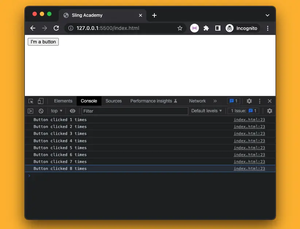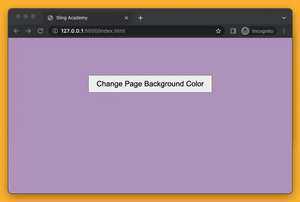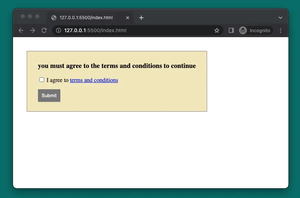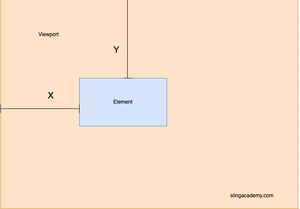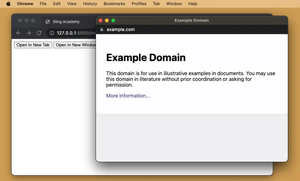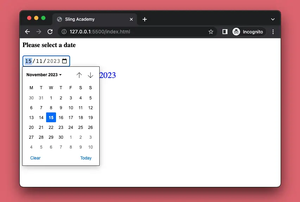The Web Animations API is a powerful JavaScript tool that provides you with the ability to create, control, and synchronize intricate animations directly through your web page's scripts. It enables developers to combine multiple CSS animations seamlessly, offering more flexibility than traditional CSS animations. This article guides you through the basics of chaining multiple animations using the Web Animations API, ensuring your projects are both efficient and visually engaging.
Understanding the Web Animations API
The Web Animations API allows you to construct animations that interact with DOM elements. It works by letting you specify the keyframes and the animation properties directly in JavaScript. This eliminates the need for individual CSS animations, setting up a platform to build complex animation sequences easily.
Basic Structure of an Animation
To use the Web Animations API, you need to know about two main components:
- Keyframes: These define the styles at various points in the animation sequence.
- Timing Options: These specify the time-related properties of your animation such as duration, easing, delay, etc.
You can then use these two components to create animations which can be applied to DOM elements.
Chaining Animations
To chain animations, you sequentially execute different animations on the same or different elements. By doing so, you ensure a smooth visual flow from one animation to another. Chaining can be effectively utilized to enrich visual storytelling and create seamless UX transitions.
Creating a Simple Chained Animation
Let's delve into creating a basic chained animation using the Web Animations API. Assume we have a square element that we want to rotate and then increase in size.
<div id="square" style="width:100px;height:100px;background-color:blue;></div>We'll first write a JavaScript code to rotate the square and then, once the rotation is finished, scale it up.
const square = document.getElementById('square');
// Define the keyframes for rotation
const rotateAnimation = square.animate([
{ transform: 'rotate(0deg)' },
{ transform: 'rotate(360deg)' }
], {
duration: 1000, // 1 second
iterations: 1,
fill: 'forwards'
});
// Define the keyframes for scaling up
const scaleUpAnimation = square.animate([
{ transform: 'scale(1)' },
{ transform: 'scale(2)' }
], {
duration: 1000,
iterations: 1,
fill: 'forwards'
});
// Chain the animations by performing the second animation after the first one ends
rotateAnimation.onfinish = () => {
scaleUpAnimation.play();
};In this example, once the rotation is complete, the scale up animation begins, creating a fluid transition between the two animations.
Advanced Chaining Techniques
With the capability to chain animations easily, you can expand to more complex sequences. Consider introducing a variety of animations for user-interactive scenarios, app loading indicators, or scrolling patterns.
Using Promises to Handle Animation Sequences
To manage more sophisticated animation flows, you can incorporate promises into your code to ensure your animations run synchronously, neatly handling chaining:
function animateElement(element, keyframes, options) {
return new Promise((resolve) => {
const animation = element.animate(keyframes, options);
animation.onfinish = resolve; // Resolve the promise when animation finishes
});
}
animateElement(square,
[{ transform: 'rotate(0deg)' }, { transform: 'rotate(360deg)' }],
{ duration: 1000, fill: 'forwards' }
).then(() => animateElement(square,
[{ transform: 'scale(1)' }, { transform: 'scale(2)' }],
{ duration: 1000, fill: 'forwards' }
));This use of promises allows your animations to proceed in an orderly manner and makes it easy to insert further animations into the sequence.
Conclusion
The Web Animations API offers flexible possibilities for creating nuanced animation sequences that enhance the user experience. By understanding how to chain animations effectively and handle them with promises, you can easily manage complex animation workflows in an efficient and organized way. As you build more complex sequences, configuration and organization become vital, and the Web Animations API can help you maintain neat and understandable animations through your JavaScript.


